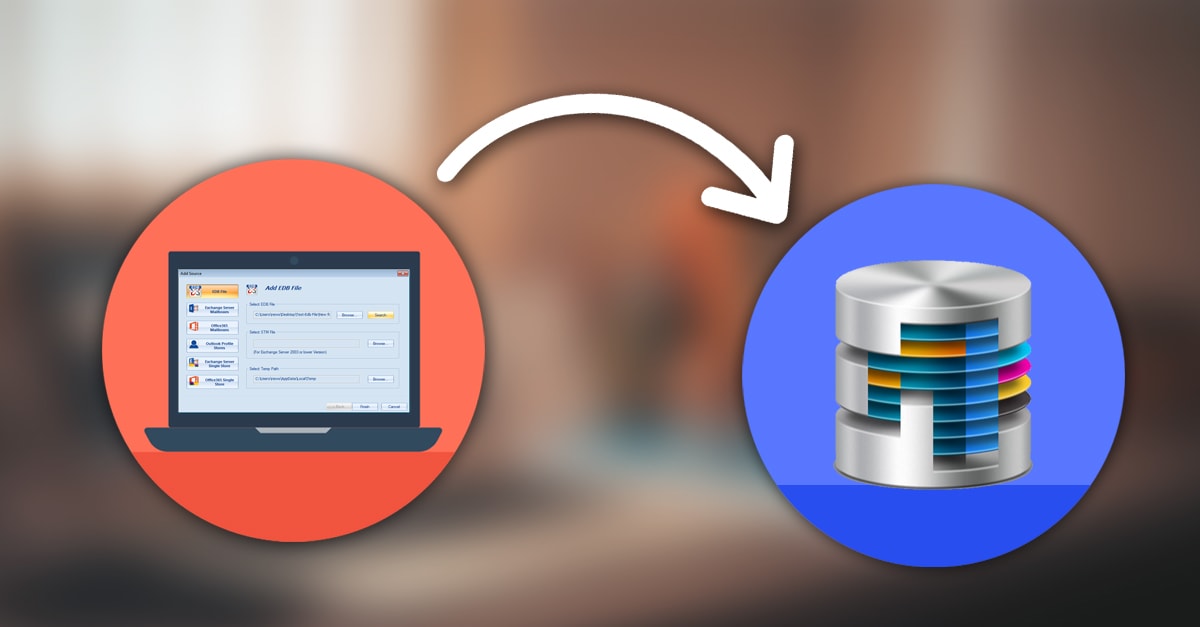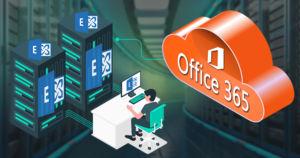
Some of the common corruptions frustrate us a lot within the appendix of corruptions. A well known corruption is Data base Corruption. Data base corruption is usual and steadfast tenor with the early version of Microsoft Exchange. With the latest version of Microsoft Exchange Software have resolved this tenor but its temporary, still we have to frustrate with the tenor of Database Corruption. Well this can happen with anyone of us before the time come to us. We should know of its resolution to fix it. And to get the finest working experience as soon as possible.
Download a trial version of Shoviv Exchange Recovery Manager Tool to know in a better way.
Microsoft Exchange administrators don’t have to worry in fix the corruption even don’t have backups, even unavailability of backup administrator have a few options, such as inbuilt recovery features and third party solutions. By reading this article you’ll be aware of solution, you could do in the execution of settlement by utilizing Eseutil function in some database recovery script/scenario.
We will also make our reader aware from alternative third party solution- that bypasses the requirement of utilizing cmdlets.
Eseutil
First Script: Database does not mount in a state of Clean termination or shutdown.
It can happen sometimes that database won’t mount despite a relevancy check showing it to be in a clean shutdown state. Execute with the following cmdlets in the Exchange Management Shell cmdlet to check the phase of the database:
eseutil /mh (database file path)
The State of Clean termination demonstrates that the database is healed or safe and sound. But it cannot mount as it gets Arcanum with the log files. Then the solution is here simply discard the log files and re-execute the procedure of mounting database. Microsoft Exchange will build new log files while the executions of database mounting. Note: To note down the log file location, perform:
Get-MailboxDatabase | Format-List Name,*path
Second Script: Database in a state of Dirty Shutdown or termination.
The Dirty termination allude that the log files have some non committal actions to be written onto the database. As long as the database and the log files are healed, simply soft recovery a procedure of replaying of the log files into the database fetch the database into the state of Clean Shutdown. To execute a Soft recovery, perform:
Eseutil /R Enn /L /s /d (path to database file)
Re-check the health of the database, and mount it if it is in the state of Clean Shutdown.
Database in the state of Dirty Shutdown with missing log files.
Whenever the Microsoft exchange database found in the state of Dirty shutdown, and log files are not complete or delete, then it may be repaired by a Soft recovery. However, this phenomena have risk of losing large amount of data.
In such a situation, execute:
Eseutil /R Enn /L (path to log files) /s /d (path to database file) /a
Should, re-check the status of Microsoft database, and remount it if it is in the state of Clean Shutdown.
Note: To check the status of the transaction log files, perform:
Eseutil \ml (log file path\Enn)
Microsoft Database is in the same state of dirty shutdown even after the soft recovery.
If the Microsoft database is in the same Dirty Shutdown state after the soft recovery, it may be repaired by a hard recovery.
To execute a hard recovery, run:
Eseutil /P (database name)
During the execution of recovery, you can get bad experience of equable levels of data loss due to removing of corrupt pages completely.
After the accomplishment of hard recovery execution, an offline defragmentation and an info store probity check require to be performed. For execution of offline defragmentation, run,
Eseutil /D (database name)
To execute an information store probity check, with the keyword given below cmdlets and follow the instructions that appear on the screen of your PC that time:
Isinteg -s (server name ) -fix -test alltests
Utilizing third-party recovery solutions to recover the Exchange data
Commonly, Exchange Power Shell cmdelts will permit you to recover or resave your data in most scenarios. But sometimes they behaved bit lewd and may be taking fine time to run. Recovery solution like, Shoviv Exchange Recovery Manager, have been particularly design to automate the procedure as much as doable and endue an easier way to rescue all lost data as hastily as possible. The Shoviv Exchange Recovery Manager assists you in extract primary mailboxes, archive nailboxes, Public Folder from the corrupt Exchange Database and rescue your email communication system without taking very time. Exchange recovery manager has another feature of backup extractor function to extract mailboxes and public folder from the available backups.
Eseutil is a very useful function in dealing with the corrupted database. It also assists a lot with its other feature in other tenors such as Dirty shutdowns and much more. Eseutil assists admin in the execution of soft recoveries and same in hard recoveries to mend the corrupt database. However, there will often be script while utilizing the Eseutil function will result in maimed loss of database or merely won’t work altogether. With these tenors, it makes more sense to unzip the third part solution, Shoviv Exchange Recovery Manager, that is particularly design to rescue whole database with no time and in minimal amount of efforts.
- How to Backup and Restore Emails in Webmail? - March 25, 2025
- How to Migrate Outlook to New Computer? - February 15, 2025
- Fix If Outlook Cannot Display the Specific Folder Location - February 1, 2025




